Search results for: “hell part 2”
-
![[Mental Illness at Church] A Personal Story](https://timesandseasons.org/wp-content/uploads/2025/06/watercolor-illustration-young-girl-praying-sunlit-church-concept-faith-spiritual-reflection-peaceful-solitude-ash-353954823-1.webp)
[Mental Illness at Church] A Personal Story
I‘ve been going back and forth about how much to share about my background in what caused my mental illness and some of what it has been like. I wanted to skip this part because I’d rather talk in generalities, but stories matter, so here is a little bit of mine. As a kid I…
-
CFM 6/30-7/6: Poetry for “No Weapon That Is Formed against You Shall Prosper”
Whether by teaching or by missionary work, proclaiming the gospel is a key part of LDS doctrine, practice and culture. And while this week’s Come Follow Me lesson leans toward missionary work, based on the historical events surrounding sections 71 to 75, the basic lessons found in these sections can apply to the many other…
-
The Genesis Creation Accounts: Thoughts on “Revealed Truths,” “Inspired Editors,” and Privileged Texts in the Latter-day Saint Tradition
Guest post by Joseph Green I’ve been reading with interest the new book on evolution published by BYU’s College of Life Sciences, The Restored Gospel of Jesus Christ and Evolution. (While the print version has yet to be released, a free copy of the PDF is available now on the college’s web site.) As someone…
-
Annotated Doctrine and Covenants, 10 – 19
Continuing my series of annotated and formatted text of the Doctrine and Covenants, here are D&C 10 – D&C 19. As noted before, be aware that this is still a very rough draft based on the 1921 edition (for copyright reasons). I have a lot of work to go before I plan to look into…
-
Annotated Doctrine and Covenants, 1 – 9
I mentioned previously that my big project for the year associated with Come, Follow Me is working on an annotated Doctrine and Covenants and closely related content. For this part of the project, I am going through the assigned reading each week and comparing every major edition of the text that I can find (including those…
-
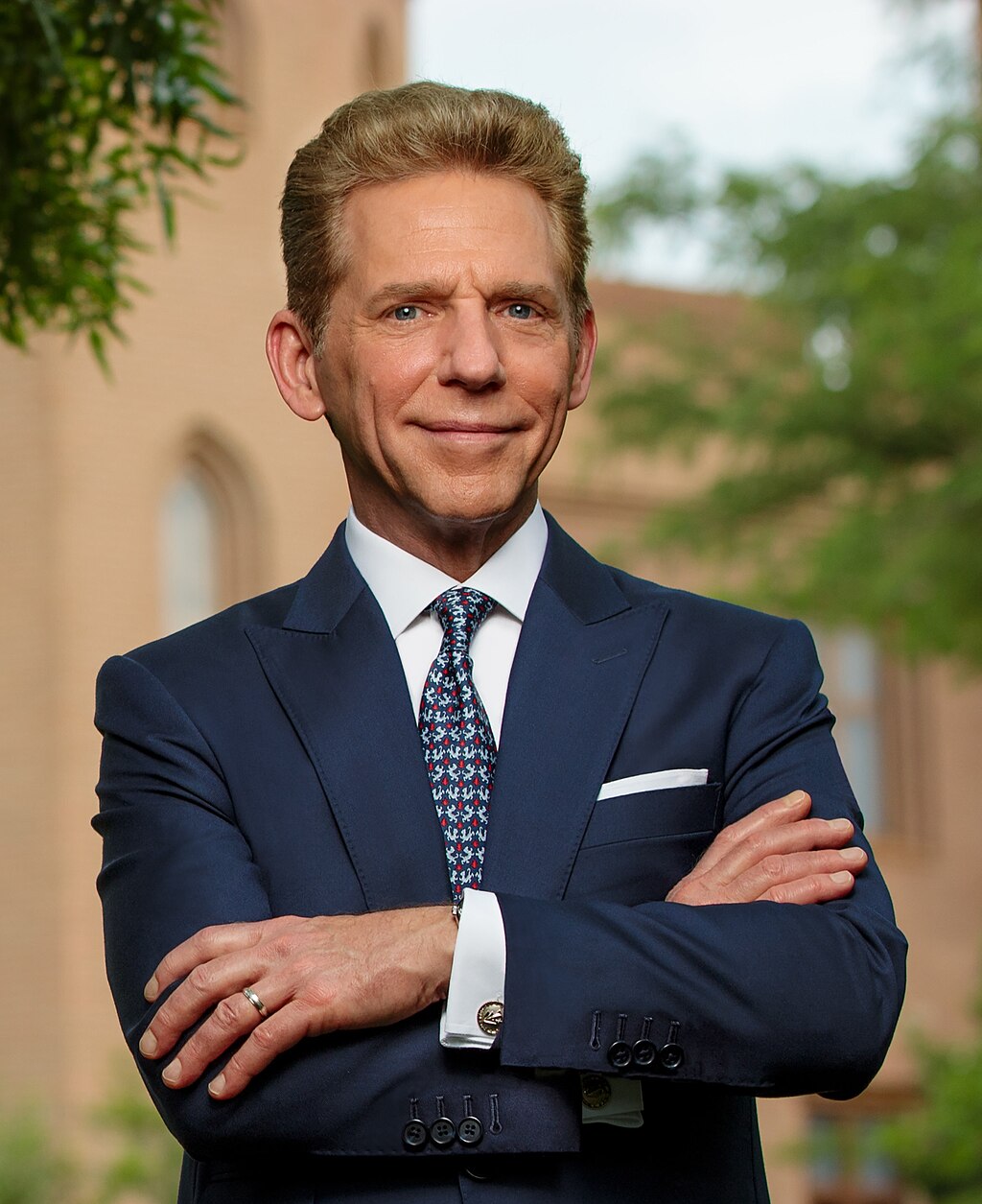
When is it Okay to Criticize Another Faith?
David Miscavige, the leader of Scientology Is it ever okay to criticize a faith? One can think of extreme situations that we can all agree on. The Aum Shinrikyo New Religious Movement (like most religion scholars, I bristle at the use of the term “cult,” since it disparages religions just for being small and new,…
-

Where are the Latter-day Saint Shakespeares?
“Mormon Shakespeare,” Not the greatest, but I’m too cheap to pay the $30 a month for a Midjourney membership to make it better. Occasionally you have an idea percolating in the back of your head that you intend to eventually develop and write out, only to find that somebody has already quite adequately made the…
-
OT Historicity 4: “Standard Views”
Before I move on, I’m feeling like we’re getting a little confused over a few issues. 1) Claiming that the more “standard views” of the books I’ve mentioned are somehow novel or unsupported. 2) That I’m somehow going out on a limb by presenting such views as “pretty standard.” 3) That I’m doing something edgy…
-
It’s not about the Christmas trees
For the last several weeks, Syria has been a rare and unlikely bright spot in a grim world.
-
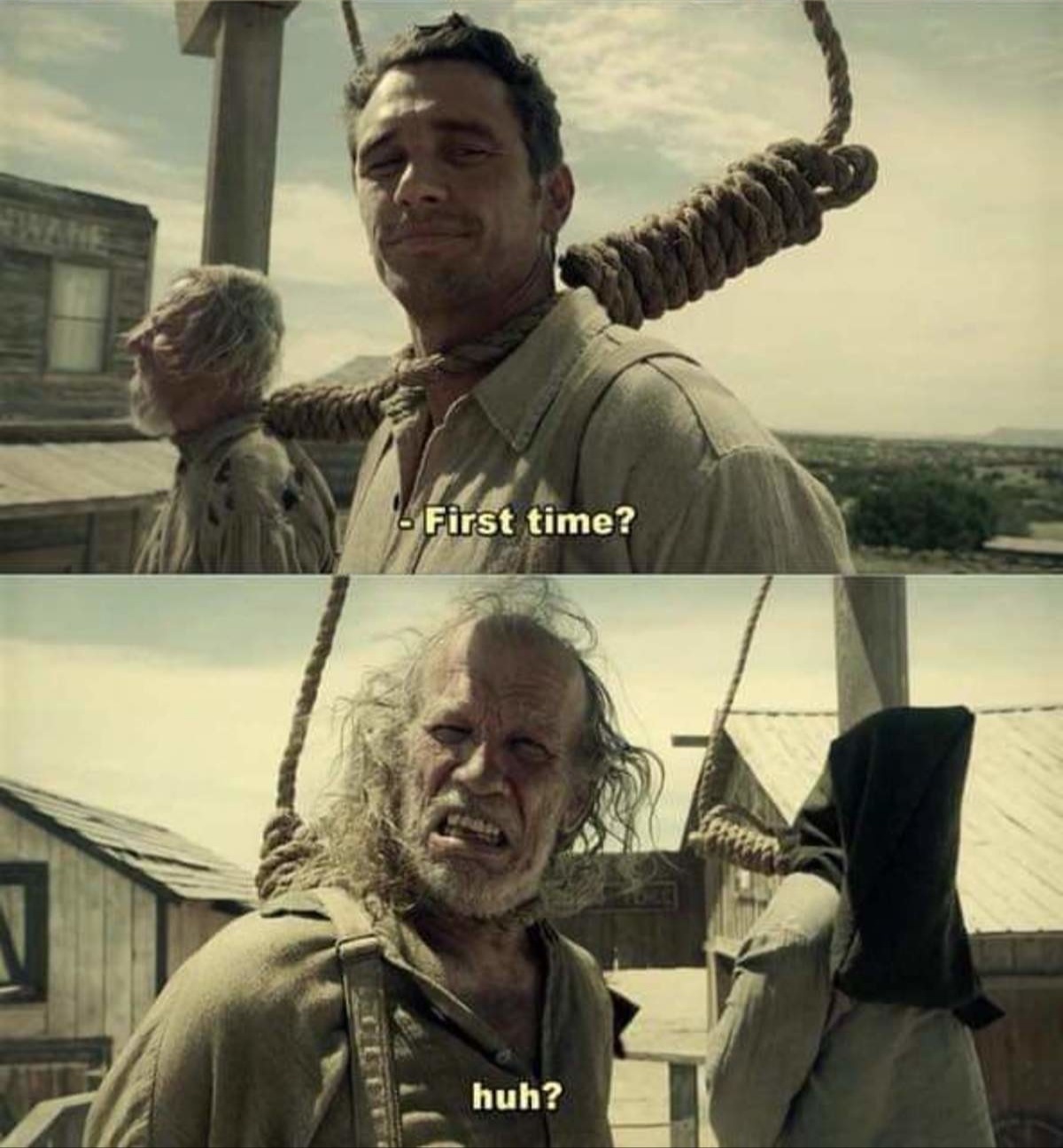
Loud Laughter, Reality, and Gallows Humor
One of the more curious aspects of the temple ceremony was the charge to avoid “loud laughter.” [Note, I originally spoke in the present tense, but evidently it has been removed–with all the recent changes I somehow missed that]. It’s like only eating meat during the winter, one of those things that was indisputably, canonically…
-
Rethinking the Biblical Narrative: Introduction
Having done a few posts on being a practicing Mormonism while disbelieving in Book of Mormon historicity, I wanted to shift gears a little bit to explain a few more aspects of my believing framework. I’ve talked about my views on what I see as the good that our religion (others too) does for the…
-
On Premortality and the Priesthood and Temple Ban
When I was a priest, the adult advisor was excited to teach us a lesson about the premortal existence. He bounded up, grinning from ear to ear as usual, and said “I’ve been doing lots of reading, and I have some great stuff to share,” and he did. For the most part, it was an…
-
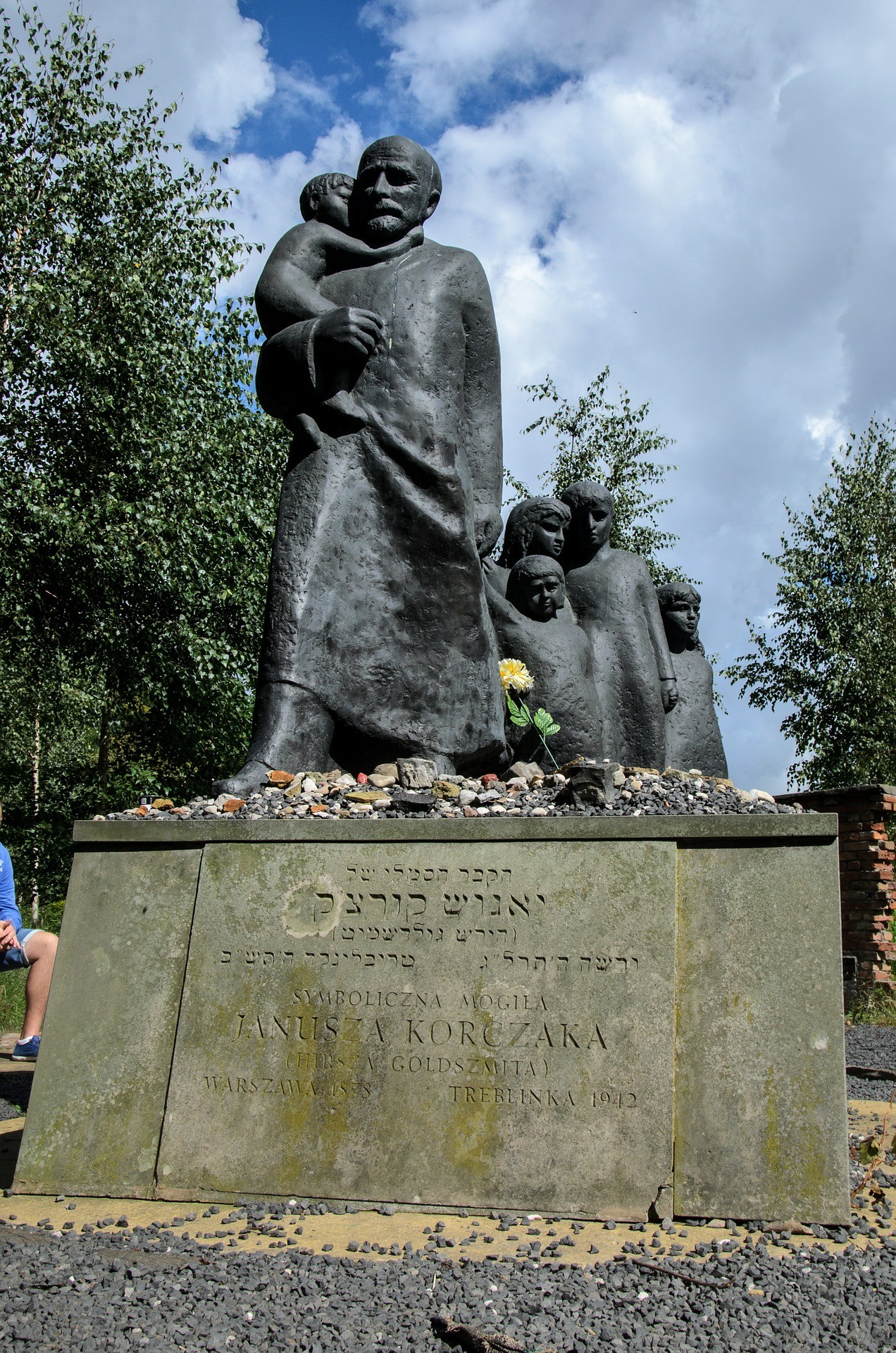
Latter-day Saint Book Discussion: “A Light in the Darkness: Janusz Korczak, His Orphans, and the Holocaust”
Monument in Warsaw to Janusz Korczak’s “Last Walk” as he accompanied his orphans to the Treblinka trains. Janusz Korczak is a remarkable figure that is surprisingly almost unknown in the United States despite being quite famous in Europe. A children’s author and pedagogue, his books, particularly King Matt the First about a child who becomes…
-
Joseph Spencer on Bruce R. McConkie’s Legacy
Long-time followers of my blog posts (if any exist) are likely aware that I have a complicated relationship with Elder Bruce R. McConkie. He was hugely influential to me in my teenage years and early twenties before my own views of Latter-day Saint theology began to conflict with his in a few very notable ways.…
-
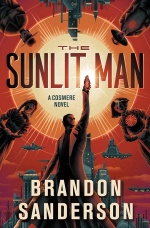
Faith crisis in Brandon Sanderson’s Sunlit Man
This post is full of spoilers. Don’t read it until you’ve read the book, which is very much worth reading and has become one of my favorites by Sanderson.
-

The Cosmological Grandeur of the Restored Gospel: Mining the Journal of Discourses
Worlds Without End in the style of Van Gogh How is it that hardly any major religion has looked at science and concluded, “This is better than we thought! The Universe is much bigger than our prophets said, grander, more subtle, more elegant?” Instead they say, “No, no, no! My god is a little god,…
-

The Latter-day Saint Homeschooling Conundrum
Latter-day Saint homeschooling families living outside the Mormon belt face a conundrum. For the uninitiated, many if not most homeschoolers actually do quite a bit of organized educational activities with other homeschoolers in what are called “homeschool co-ops.” Sometimes this is limited to activities while in other cases one of the parents will volunteer to…
-
Septuagint
When Jesus and the early Christians talked about the scriptures, they were using a version that is different from the manuscript basis of most English translations, including the King James Version that is so often used in Latter-day Saint circles. In a Hellenistic world, they relied on the Septuagint—a Greek translation of the Tanakh (Old…
-
The Merger of Mormonism and Right-Wing Evangelism
During the first half of the 20th century, Mormons were not only proud of their Church, but were proud to be Americans. Mormons tended to vote in similar ways to residents of the rest of the country. Thirty years later, in 2008, we moved back to Utah. What I found shocked me.
-
My Atheist Conversion, 3: A Lack of Theology
My own research played a role in the atheist conversion I described in previous posts. Like I said, I believe I’ve been able to track down the sources of all Mormon ideas from books to Joseph Smith, which, like I said, was something I’ve been generally okay with. Again, this was a gradual process for…
-
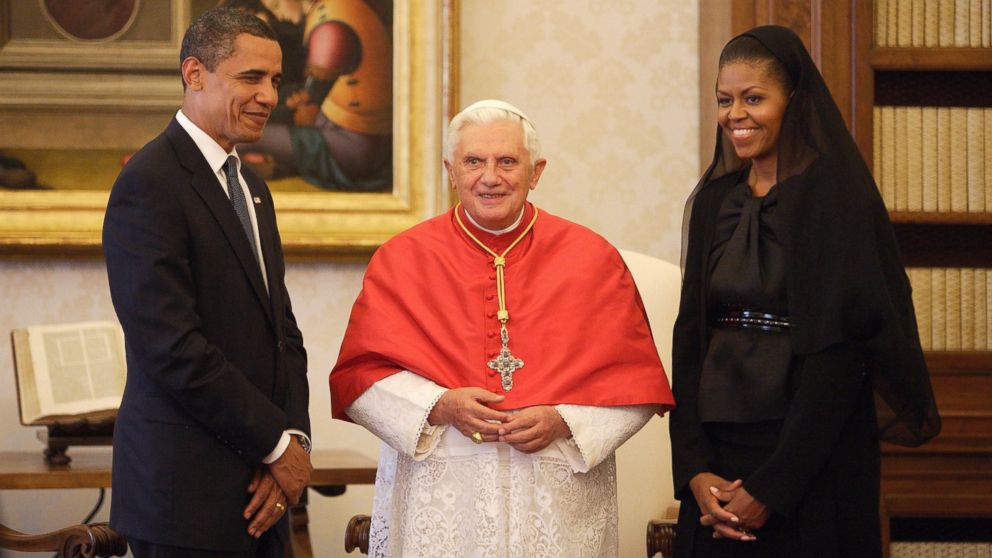
My Mansplaining About Modesty
There are few issues in the Church as touchy as modesty. Every society has their lines for what is considered in poor taste on the revealing side or conversely too demure in the other direction, while the Church is consistently a few clicks to one direction on that continuum, making this one of those issues…
-

How Big is Joseph Smith Polygamy Denialism in the Church? Insights from the B.H. Roberts Foundation’s Current and Former Latter-day Saint Survey
Stephen Cranney and Josh Coates This is one of a series of posts discussing results from a recent survey of current and former Latter-day Saints conducted by the BH Roberts Foundation. The technical details are in the full methodology report here. The people who do believe that Joseph Smith did not practice polygamy fall into…
-

Pascal’s Wager and the Restored Gospel
Hell to Heaven We Latter-day Saints hold to a rather benign form of hell. I think this a feature, with traditional hell being the ultimate bug. However, one implication of our benign afterlife of second chances is that arguably this-worldly religious decisions have less “import.” If your decision to not be baptized leads to you…
-
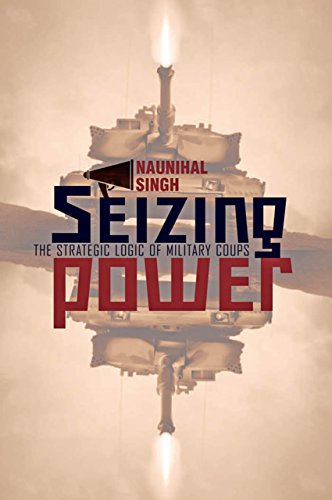
Latter-day Saint Book Review: Seizing Power, The Strategic Logic of Military Coups
Seizing Power by political scientist Naunihal Singh is the preeminent scholarly work on coups d’etat. In it, Singh pairs in-depth investigations of coup attempts in Africa and Russia with a quantitative analysis of correlates of successful coups worldwide. He finds that coups can largely be characterized as coordination games, where military commanders often join…
-
The Angel and the Hermit, and church governance
The Gesta Romanorum, a medieval collection of moralizing stories, includes the tale of a hermit who despaired at the world’s injustice and resolved to abandon his calling.
-
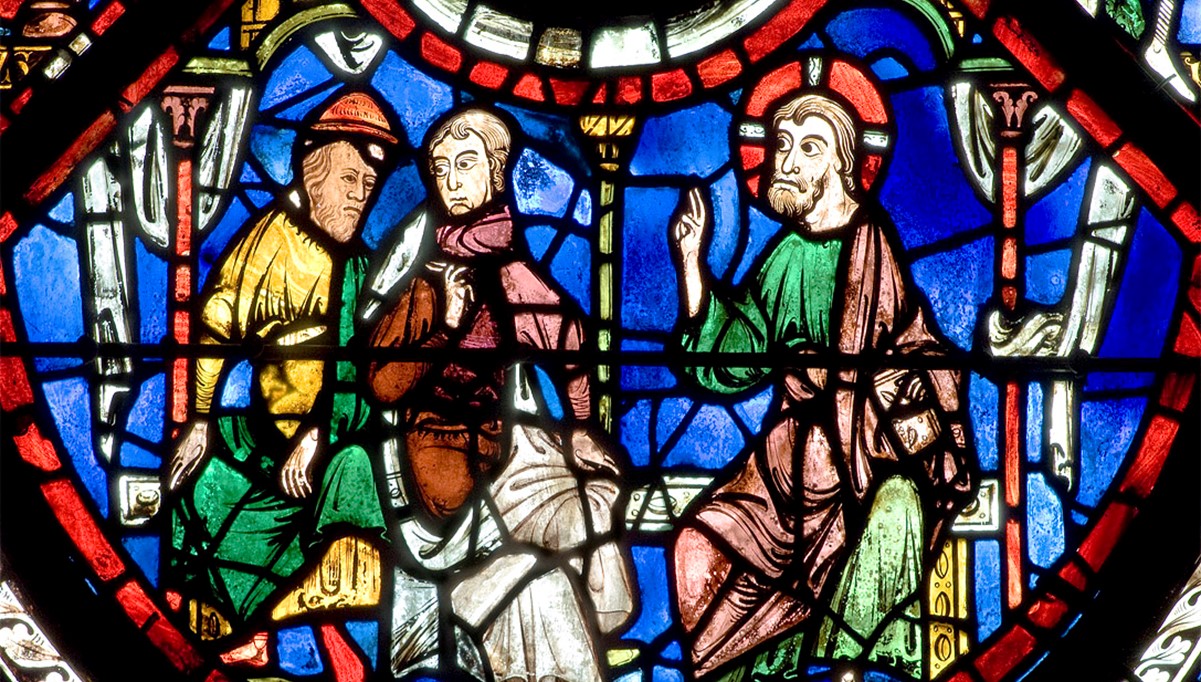
Mercy, kindness, and caring – a Sunday Sermon
At one point in his ministry, “an expert in the law stood up to test Jesus.” He wanted to see what Jesus would answer, asking him: “Teacher … what must I do to inherit eternal life?” To this, Jesus responded with a question of his own: “What is written in the law? What do you…
-
Susa and Alma’s Divorce
In Saints, volume 2, one of the key players was Susa Young Gates. A prominent daughter of Brigham Young who went on to do a lot of notable activities herself, Susa is a relatively well-known figure in Latter-day Saint history. One aspect of her story that received attention in Saints was Susa Young Gates’ divorce with Alma Dunford.…
-
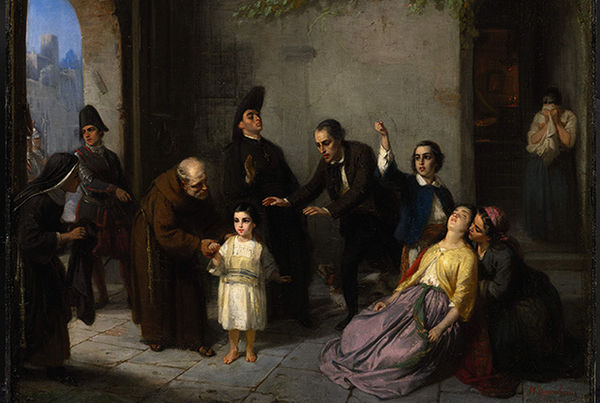
Latter-day Saint Book Report on “The Kidnapping of Edgardo Mortara”
In 1857 officials raided a home in the Jewish ghetto in Bologna, Italy and forcefully removed a 6-year old child based on the testimony of a servant that he had been baptized as an infant and was, therefore, Christian. At the time Bologna was under the direct rule of the Pope (back in the day…
-

Anti-“Utah Mormon” Bigotry
A few scattered thoughts on both anti-“Utah Mormon” and anti-Latter-day Saint bias in general. (Sorry to mix the two but they are often synonymous and I don’t want to write two posts.) I still remember the first time I met a socially awkward non-Utahn, and my surprise at my surprise. I realized that I…
